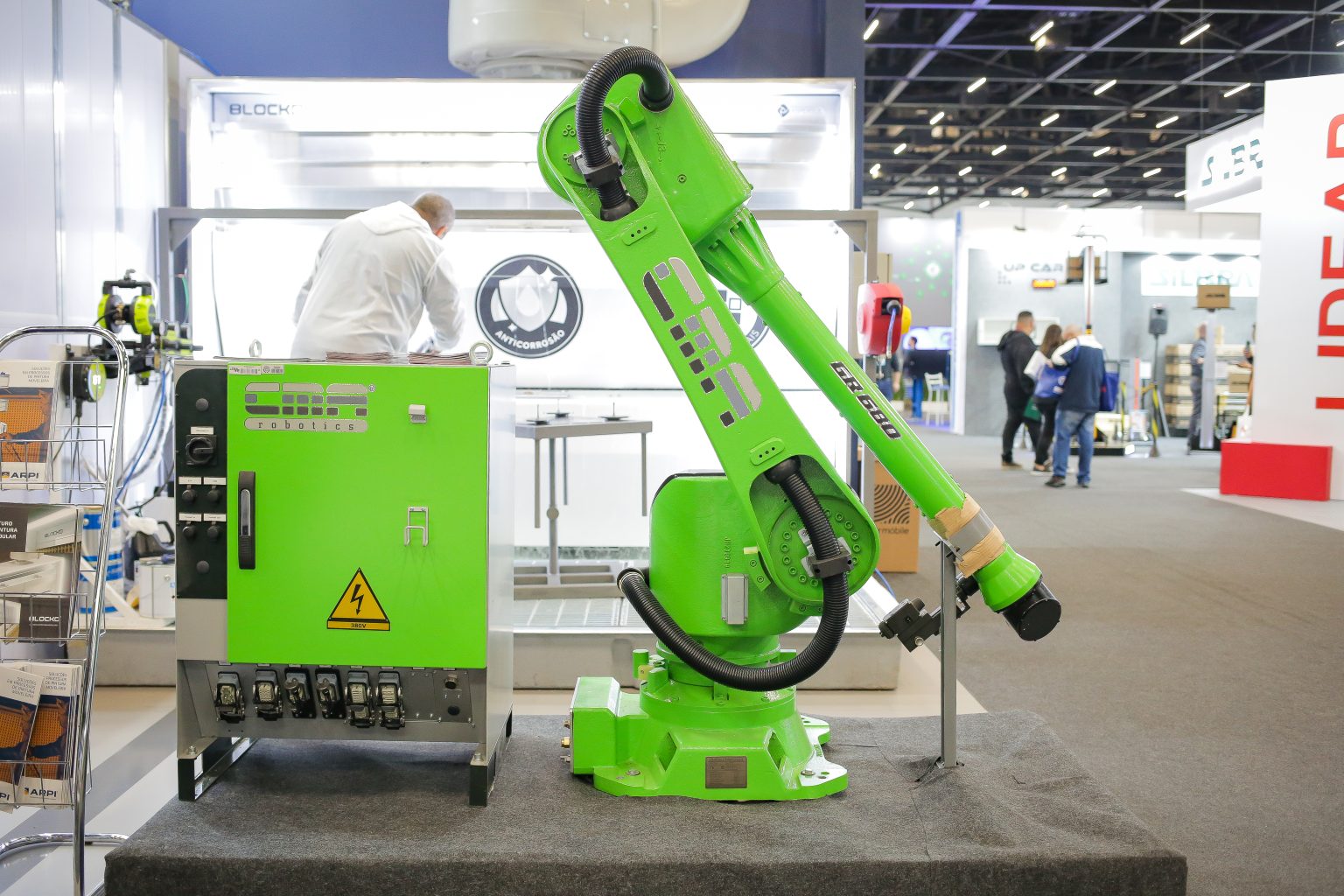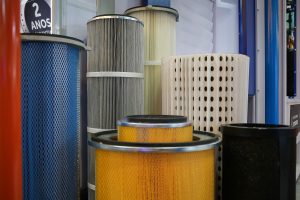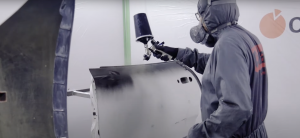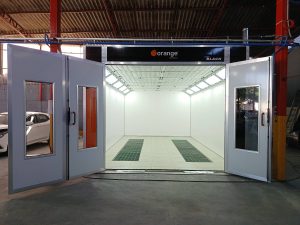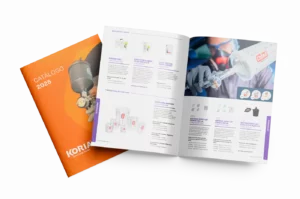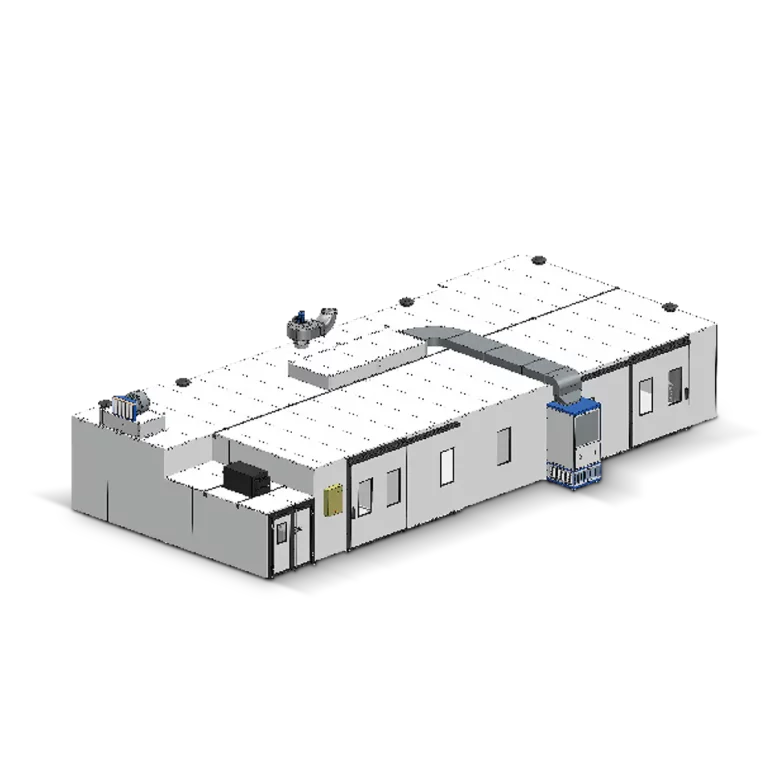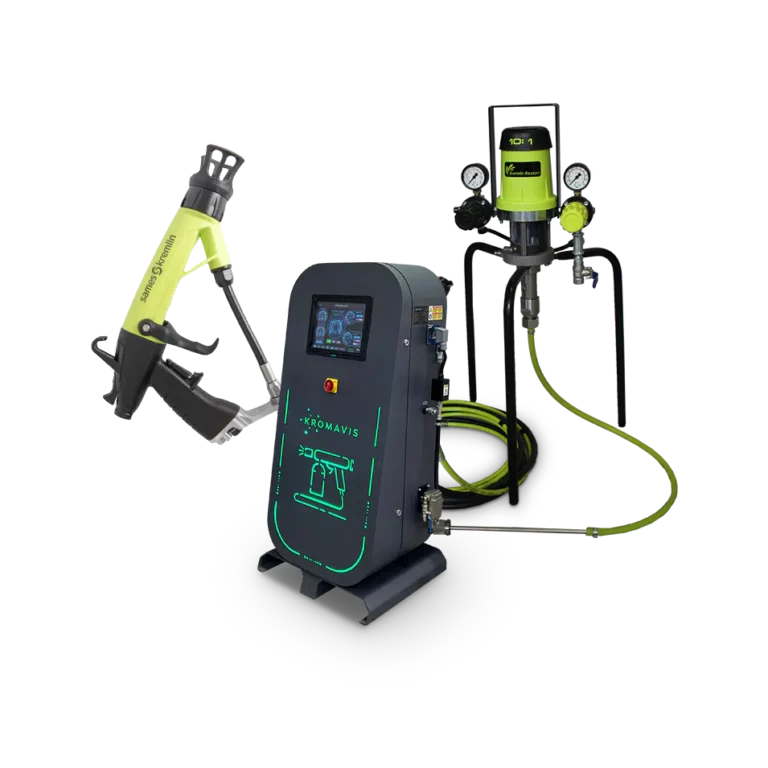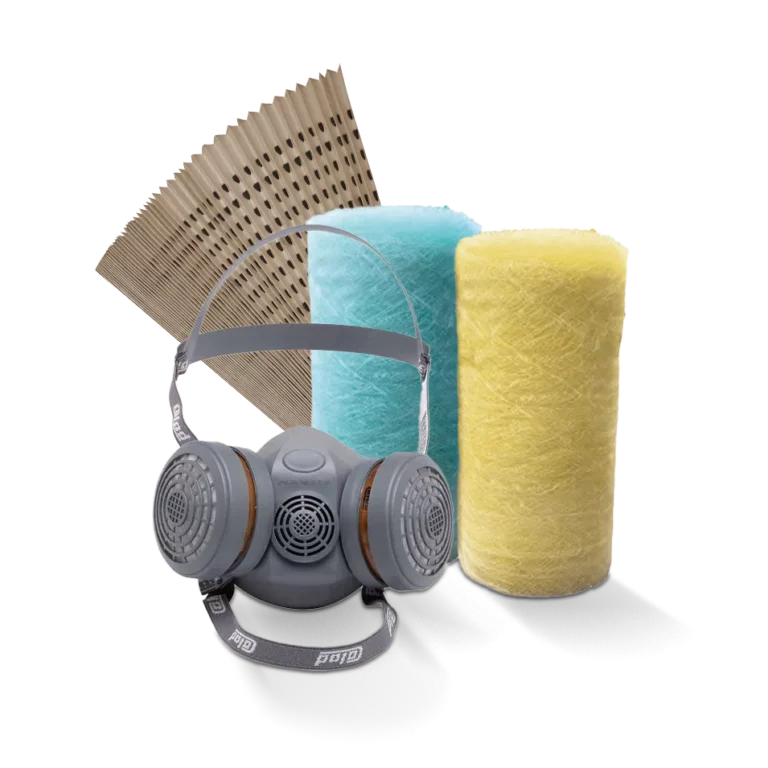Automation in industrial painting is the application of automated technologies and systems to perform large-scale painting processes, replacing or complementing human labor. Using robots, advanced sensors, and control software, automation enables the precise and consistent execution of tasks such as the application of paints, varnishes, and coatings.
These systems are programmed to perform repetitive movements, adjusting parameters such as pressure, angle, and paint flow to ensure uniform, high-quality finishes. Furthermore, automation is especially useful in industrial environments, where the demand for efficiency, safety, and waste reduction is crucial.
In the following text, we explain in greater detail the role of automation in industrial painting, listing its main benefits, how automation works in practice, and what the trends are for the future of automation in industrial painting.
Benefits of automation in industrial painting
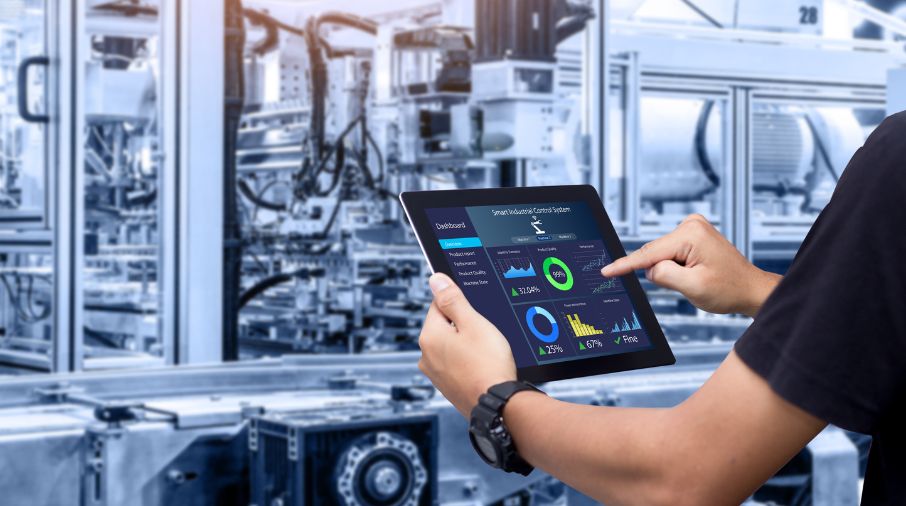
Automation in industrial painting can bring a number of benefits to companies that decide to implement it. One of the main benefits is increased productivity, as automation speeds up the painting process by eliminating time variations and inconsistencies common in manual work. This way, robots and automated systems can work continuously, without interruptions.
Another difference is that the automated systems are designed to offer maximum precision and uniformity in the finish, ensuring that each piece receives the same amount of paint and with the same thickness, that is, with fewer flaws and with the need for rework significantly reduced.
Automation also contributes to cost reduction, as through more efficient application systems, such as controlled spraying and recovery of overspray, it reduces paint waste. Furthermore, automating the painting process also improves safety, as it reduces health and safety risks for workers, as operators are less exposed to chemical fumes and toxic particles during the process, in addition to eliminating repetitive manual work.
Finally, one of the most significant benefits of automation in the painting process is sustainability. Advanced systems minimize paint and solvent waste, and technologies like paint recovery overspray reuse paint particles that would normally be discarded.
How automation works in practice
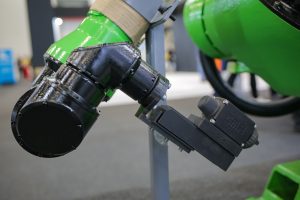
Automated painting systems combine different technologies to ensure efficiency, quality, and control. One of the main components is industrial robots, robotic arms programmed to perform precise and repetitive movements, applying paint uniformly to a variety of surfaces.
Other important components are paint applicators, automatic sprayers that control the flow and spray pattern to minimize waste, or electrostatic guns, which use electrical charges to improve paint adhesion to the surface.
For automation to function correctly, control systems are required that, through programmable controllers and sensors, monitor the application of paint, adjusting parameters such as speed, pressure and temperature in real time.
Two other very important components are automation software, that is, programs that allow you to create personalized painting patterns, in addition to monitoring system performance, carrying out preventive diagnostics, and exhaust and filtration systems, which ensure the removal of overspray and chemical vapors, keeping the environment safe and clean.
The future of automation in industrial painting
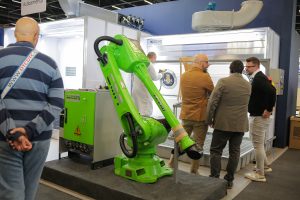
The future of automated painting points to significant advances, leveraged by emerging technologies such as integration with artificial intelligence (AI), that is, systems that can analyze data in real time to adjust painting parameters, thickness and application pattern.
Sensors connected to structures can facilitate remote monitoring, allowing operators to monitor the performance of painting systems in real time and from any distance. Another innovation expected to be implemented in the coming years is the use of AR (augmented reality) tools to aid operator training and visualize paint patterns on parts even before application.
KORIA® is a company focused on enabling evolution through color. In partnership with GME Robotics, an Italian company specializing in turnkey projects and solutions for industrial automation and manufacturing processes, they offer quality and innovative equipment.
Did you like this post? Share it with your friends or on social media. For more tips on painting and its equipment, visit our blog, always with exclusive content.
